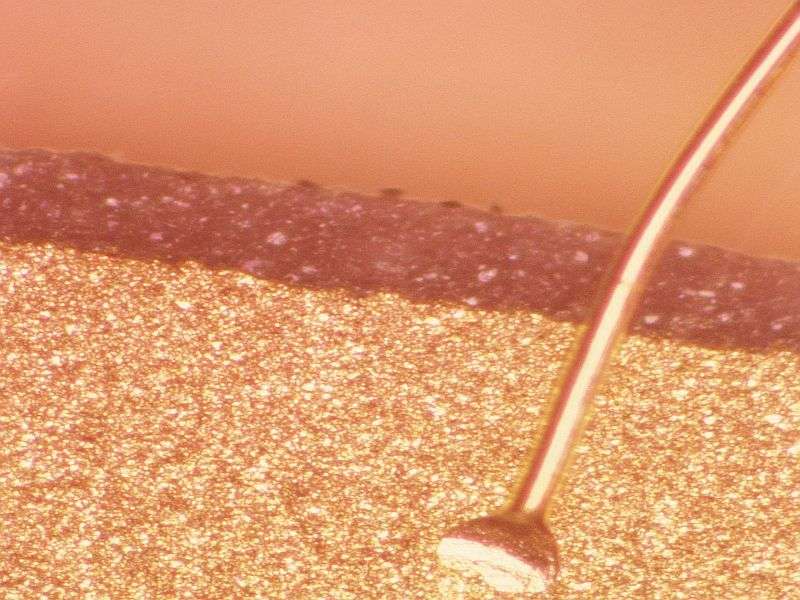(HealthDay)—Microchannels surrounded by a coagulation zone (CZ), generated by ablative fractional laser, have higher uptake of topical compounds than those without a CZ, according to a study published online Feb. 9 in Lasers in Surgery and Medicine.
Christina Skovbølling Haak, M.D., Ph.D., from the University of Copenhagen in Denmark, and colleagues used Franz Cells to examine skin uptake and permeation of fluorescent labeled polyethylene glycols (PEGs). They generated microchannels with CZ thicknesses ranging from 0 to 80 µm and evaluated skin uptake of PEGs with mean molecular weights of 350, 1,000, and 5,000 Da into CZ and dermis by fluorescence microscopy at skin depths of 150, 400, and 1,000 µm.
The researchers found that uptake of PEGs was highest through microchannels surrounded by CZ versus channels with no CZ. CZ thickness impacted PEG distribution in skin. Significantly higher mean fluorescence intensities inside CZ areas were favored with a thin CZ-20 versus CZ-80 (PEG 350, 1,000, and 5,000; P < 0.001). The uptake through CZ-20 channels was significantly higher in dermis than through CZ-80 and CZ-0 at all skin depths (PEG 350, 1,000, and 5,000; P < 0.001). CZ-20 had the highest transcutaneous permeation of PEG 350 compared with CZ-80 and CZ-0 samples (P < 0.001). Permeation of larger molecules was typically low.
"CZ thickness influences PEG distribution, with highest PEG uptake achieved from microchannels surrounded by a thin CZ," the authors write.
The study was funded in part by a grant from the Novo Nordisk Foundation.
More information: Full Text (subscription or payment may be required)
Journal information: Lasers in Surgery and Medicine
Copyright © 2017 HealthDay. All rights reserved.
























